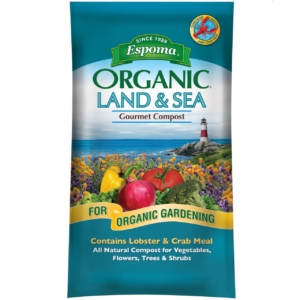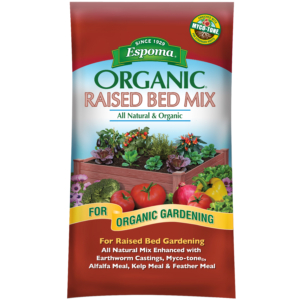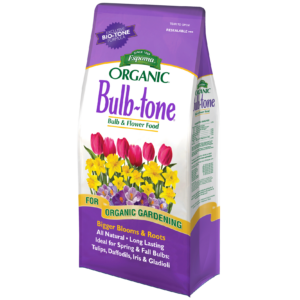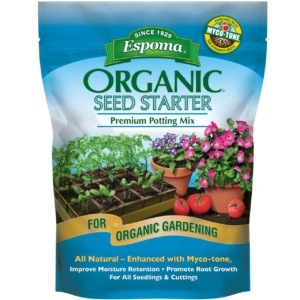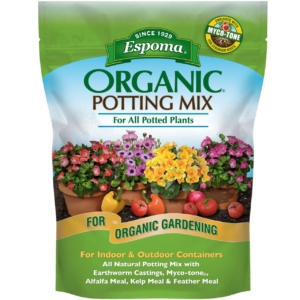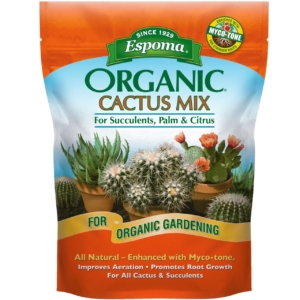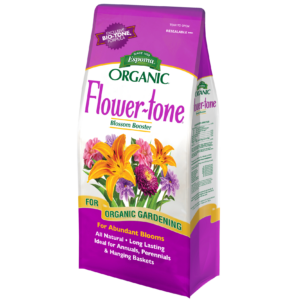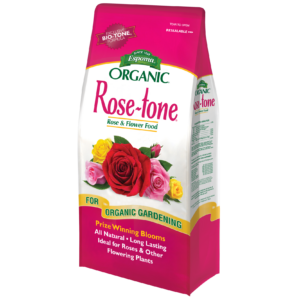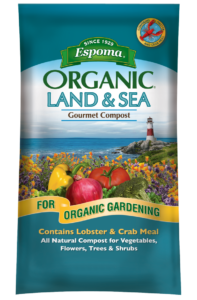VIDEO: Planting a Fall Flower Bed with Wyse Guide
Fall is a great time for planting! Join Kaleb Wyse from Wyse Guide as he takes you into his garden for a new planting project.
When planting a flowerbed, Kaleb uses Espoma Organic Land & Sea Gourmet Compost to refresh his native soil with fresh organic material, creating an optimal growing environment for his new plants. He also mixes in Espoma Organic Bio-tone Starter Plus to provide the essential nutrients needed for strong root establishment.
Learn more about Wyse Guide here:
? YouTube: www.youtube.com/@WyseGuide
? Facebook: https://www.facebook.com/WyseGuide/
? Instagram: https://www.instagram.com/WyseGuide/
? Website: https://www.wyseguide.com/
Featured Products:

